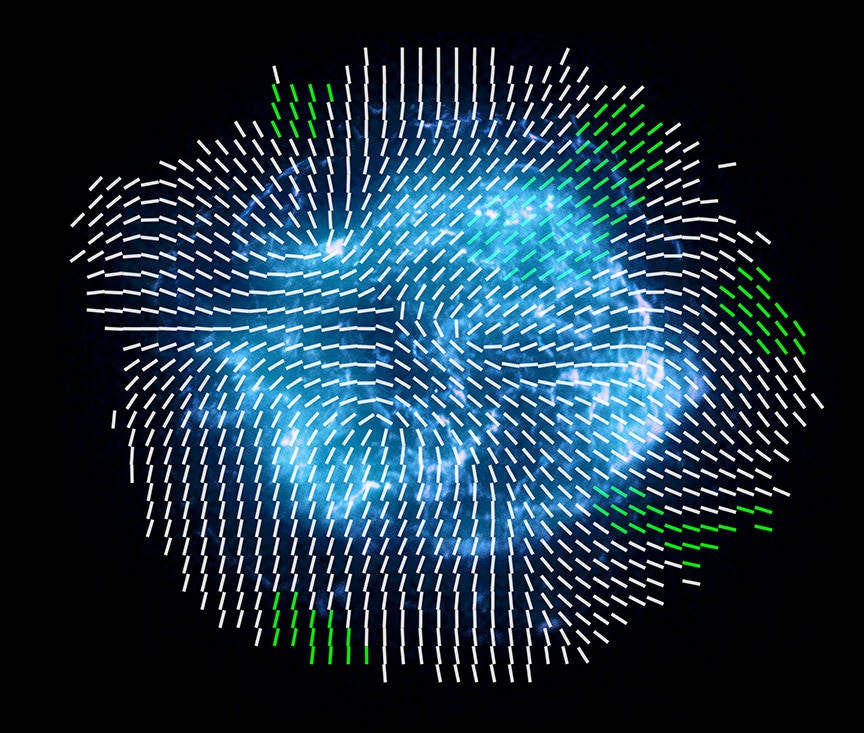Nasa just mapped the corpse of a giant exploded star
A new X-ray observatory is opening a window on the radioactive remains of the most massive explosions in the universe
Your support helps us to tell the story
From reproductive rights to climate change to Big Tech, The Independent is on the ground when the story is developing. Whether it's investigating the financials of Elon Musk's pro-Trump PAC or producing our latest documentary, 'The A Word', which shines a light on the American women fighting for reproductive rights, we know how important it is to parse out the facts from the messaging.
At such a critical moment in US history, we need reporters on the ground. Your donation allows us to keep sending journalists to speak to both sides of the story.
The Independent is trusted by Americans across the entire political spectrum. And unlike many other quality news outlets, we choose not to lock Americans out of our reporting and analysis with paywalls. We believe quality journalism should be available to everyone, paid for by those who can afford it.
Your support makes all the difference.A Nasa mission has scanned the inside of an exploded star using polarised X-rays for the first time, giving scientists an unprecedented look at the radioactive corpse of a once giant star.
The results show the remnant of a supernova is more chaotic than scientists predicted based on previous observations of the stellar corpse.
Nasa’s Imaging X-ray Polarimetry Explorer or IXPE, launched in 2021 in collaboration with the Italian Space Agency, trained its sensitive polarised X-ray instruments on Cassiopeia A, or Cas A, a glowing cloud of gas left over by a massive star that went supernova in the late 17th century. Found about 11,000 light years away, Cas A was the target for IXPE’s very first image in February, but scientists have now conducted further analysis of the supernova remnant.
Powerful magnetic fields in Cas A trap high energy particles, accelerate them to nearly the speed of light, and generate powerful radiation, emitting polarised X-rays, that is X-ray waves that oscillate in one direction, relative to the magnetic field that generated that wave. Cas A is also a powerful emitter of radio waves, particularly at the 1 gigahertz frequency and higher.
IXPE is not the first or only space-based X-ray observatory — Nasa’s Chandra X-ray Observatory has been conducting X-ray astronomy for more than 20 years — but it is the first to be extremely sensitive to polarised X-rays. By measuring the polarisation of the X-rays, scientists can learn about the direction of the magnetic fields at their origin.
The IXPE results show that X-rays originate from magnetic fields mostly aligned with, rather than perpendicular to, other magnetic fields that produce radio waves in Cas A, and that the magnetic fields around the edges of the 10-light-year-diameter Cas A are oriented radially, pointing outward from the centre.
Researchers also found a lesser degree of X-ray polarisation than they had predicted.

"These IXPE results were not what we expected, but as scientists we love being surprised,” University of Amsterdam astrophysicist Jacco Vink, who is studying the IXPE results, said in a statement. “The fact that a smaller percentage of the X-ray light is polarised is a very interesting – and previously undetected – property of Cas A.”
The Cas A observations are just the first of many more IXPE investigations into the properties of supernova remnants, an opportunity to open a window into the strange, high-energy physics of the afterglows of some of the largest explosions the universe has ever seen.
“These results provide a unique view of the environment necessary to accelerate electrons to incredibly high energies," astronomer Dmitry Prokhorov, also of the University of Amsterdam, said in a statement. “We are just at the beginning of this detective story, but so far the IXPE data are providing new leads for us to track down.”

Join our commenting forum
Join thought-provoking conversations, follow other Independent readers and see their replies
Comments